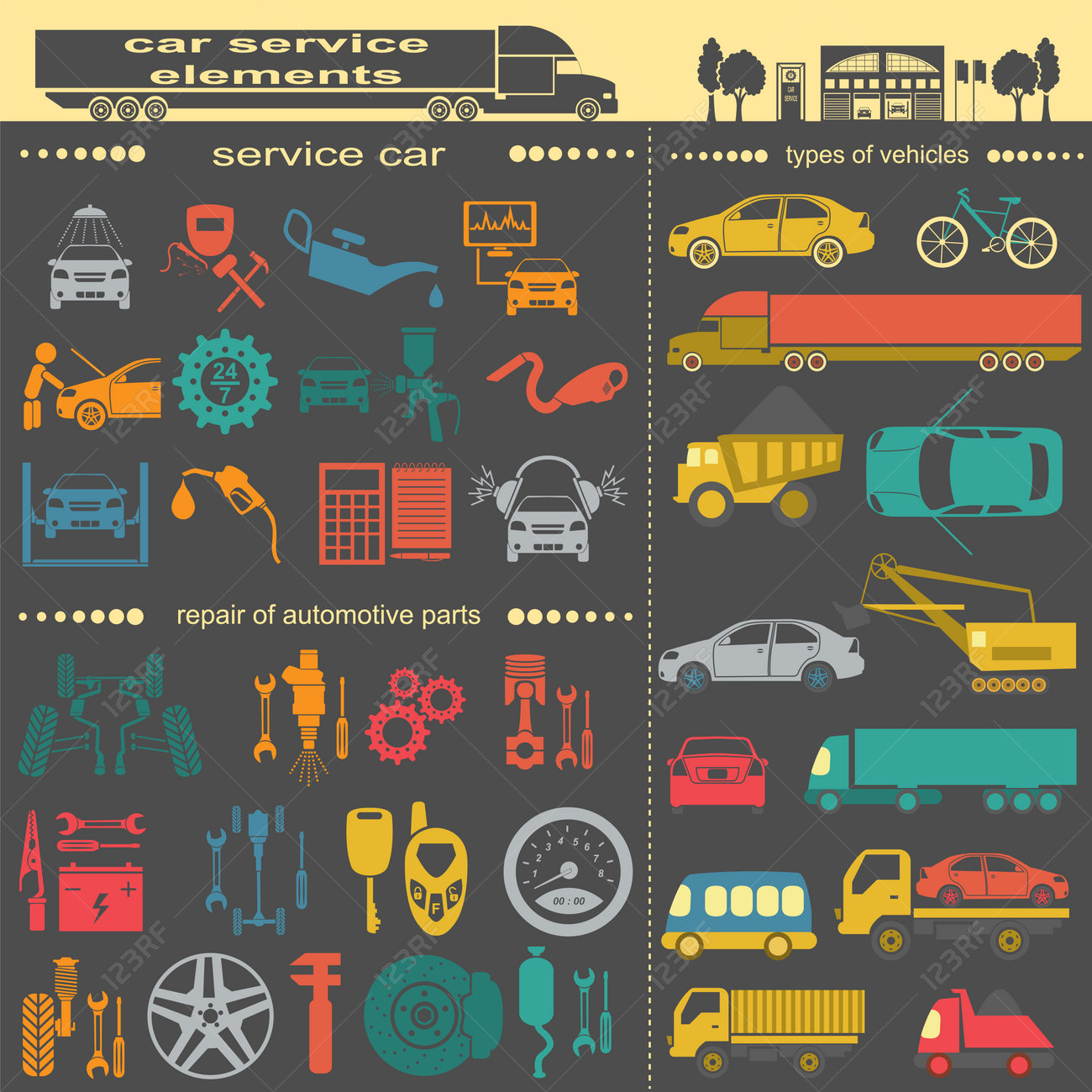Curious Regarding Those Dashboard Caution Lights In Your Car? Discover What They Mean For Your Automobile'S Health And Safety
Curious Regarding Those Dashboard Caution Lights In Your Car? Discover What They Mean For Your Automobile'S Health And Safety
Blog Article
car detailing expert By-Termansen Winters
When you lag the wheel, those glowing caution lights on your control panel can be a little bit complicated. Do you understand what they're attempting to inform you about your car's health and wellness? Comprehending the significance of these lights is essential for your security and the longevity of your car. So, the next time among those lights appears, wouldn't you want to decode its message accurately and take the required steps to resolve it?
Common Warning Lighting and Interpretations
Identify common warning lights in your auto and recognize their meanings to make sure safe driving.
The most regular caution lights consist of the check engine light, which indicates concerns with the engine or emissions system. If this light begins, it's essential to have your automobile examined promptly.
The oil stress advising light suggests low oil pressure, needing immediate interest to prevent engine damages.
A flashing battery light could suggest a defective charging system, potentially leaving you stranded otherwise addressed.
The tire stress tracking system (TPMS) light informs you to reduced tire stress, influencing automobile stability and gas efficiency. Disregarding this might lead to hazardous driving conditions.
The abdominal light shows an issue with the anti-lock stopping system, jeopardizing your ability to quit swiftly in emergencies.
Lastly, the coolant temperature level advising light warns of engine getting too hot, which can cause severe damages if not fixed quickly.
Comprehending these usual caution lights will certainly assist you resolve concerns quickly and keep safe driving conditions.
Significance of Prompt Attention
Recognizing the typical caution lights in your automobile is just the first step; the relevance of immediately dealing with these warnings can not be emphasized sufficient to ensure your safety when driving.
When a caution light illuminates on your dashboard, it's your car's way of connecting a possible issue that requires interest. Disregarding https://oil-change-deals-near-me73951.blazingblog.com/31286413/discover-the-innovative-trends-influencing-the-future-of-car-repair-such-as-the-development-of-electrical-vehicles-and-the-incorporation-of-ai-innovation can cause a lot more severe problems down the road, jeopardizing your safety and potentially costing you much more out of commission.
Prompt attention to alerting lights can avoid failures and mishaps. As an example, a blinking check engine light could suggest a misfire that, if left ignored, could trigger damage to the catalytic converter. Resolving this immediately can conserve you from a pricey fixing.
In a similar way, a brake system cautioning light could signal reduced brake fluid or worn brake pads, essential parts for your safety when driving.
Do It Yourself Troubleshooting Tips
If you see a caution light on your control panel, there are a few DIY troubleshooting ideas you can try before looking for professional aid.
The very first step is to consult your car's manual to recognize what the specific warning light shows. Often https://www.directorstalkinterviews.com/advance-auto-parts-inc.---consensus-indicates-potential-17.0-upside/4121074338 can be as easy as a loosened gas cap causing the check engine light. Tightening the gas cap might resolve the issue.
One more typical problem is a low battery, which can set off numerous advising lights. Checking the battery connections for deterioration and ensuring they're protected may fix the trouble.
If a caution light continues, you can try resetting it by separating the vehicle's battery for a couple of minutes and after that reconnecting it. Additionally, inspecting your vehicle's liquid degrees, such as oil, coolant, and brake liquid, can help troubleshoot warning lights connected to these systems.
Conclusion
To conclude, recognizing your vehicle's warning lights is essential for maintaining your lorry running smoothly and securely. By promptly attending to these alerts and understanding what they imply, you can avoid pricey repair services and possible malfunctions.
Bear in mind to consult your car's handbook for specific details on each warning light and take action as necessary to make sure a hassle-free driving experience.
Remain educated, stay secure when traveling!
